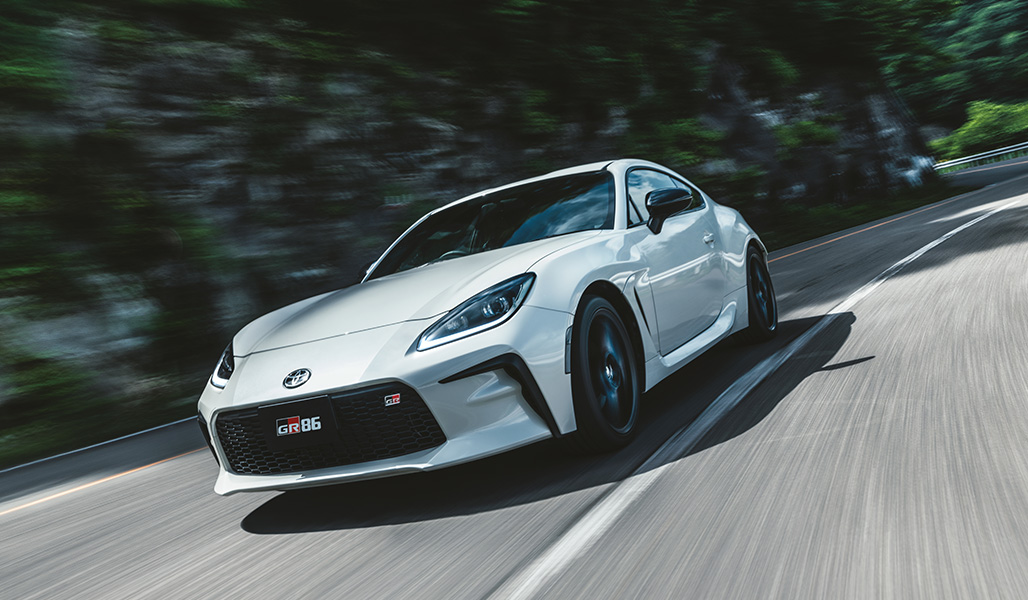Performance cars are typically associated with speed, handling, and excitement, not necessarily long-term dependability. Many drivers accept that buying a high-performance vehicle means signing up for higher repair costs, frequent maintenance, and the occasional reliability hiccup.
After all, pushing the limits of engineering often comes with more wear and tear, right? That’s not always the case.
Some performance vehicles buck the trend by offering thrilling driving experiences without compromising on reliability. These models prove that you can have fun behind the wheel and still enjoy peace of mind in the long run.
On the flip side, some performance cars—despite their prestige or power—are notorious for being maintenance nightmares. These are the vehicles that spend as much time in the garage as they do on the road, often due to complex electronics, fragile components, or poor build quality.
In some cases, even routine service jobs can require special tools, factory-trained technicians, or expensive parts that strain the average owner’s budget. Reliability in performance cars isn’t just about engine durability; it includes how systems like suspension, electronics, and drivetrain hold up over time under real-world conditions.
What makes a performance car reliable? Generally, it’s a combination of engineering restraint, proven drivetrains, accessible parts, and manufacturer support. Cars that avoid excessive complexity, rely on time-tested technology, and are built by brands with a track record of durability tend to fare better.
These are the models that can handle spirited driving without falling apart when the warranty expires. On the other hand, some automakers push boundaries too far without considering the long-term effects, leading to performance cars that feel amazing out of the showroom but age poorly.
In this article, we’ll take a detailed look at five performance cars that are surprisingly reliable, offering exceptional balance between fun and function. Then, we’ll explore five performance cars that, while impressive on paper, have reputations for frequent breakdowns or costly upkeep.
Whether you’re a driving enthusiast looking for a trustworthy ride or someone weighing the trade-offs of a dream car, this guide will help you make a better-informed decision.
Also Read: 5 Quiet EVs That Are a Dream and 5 That Still Make Noise
5 Performance Cars That Are Surprisingly Reliable
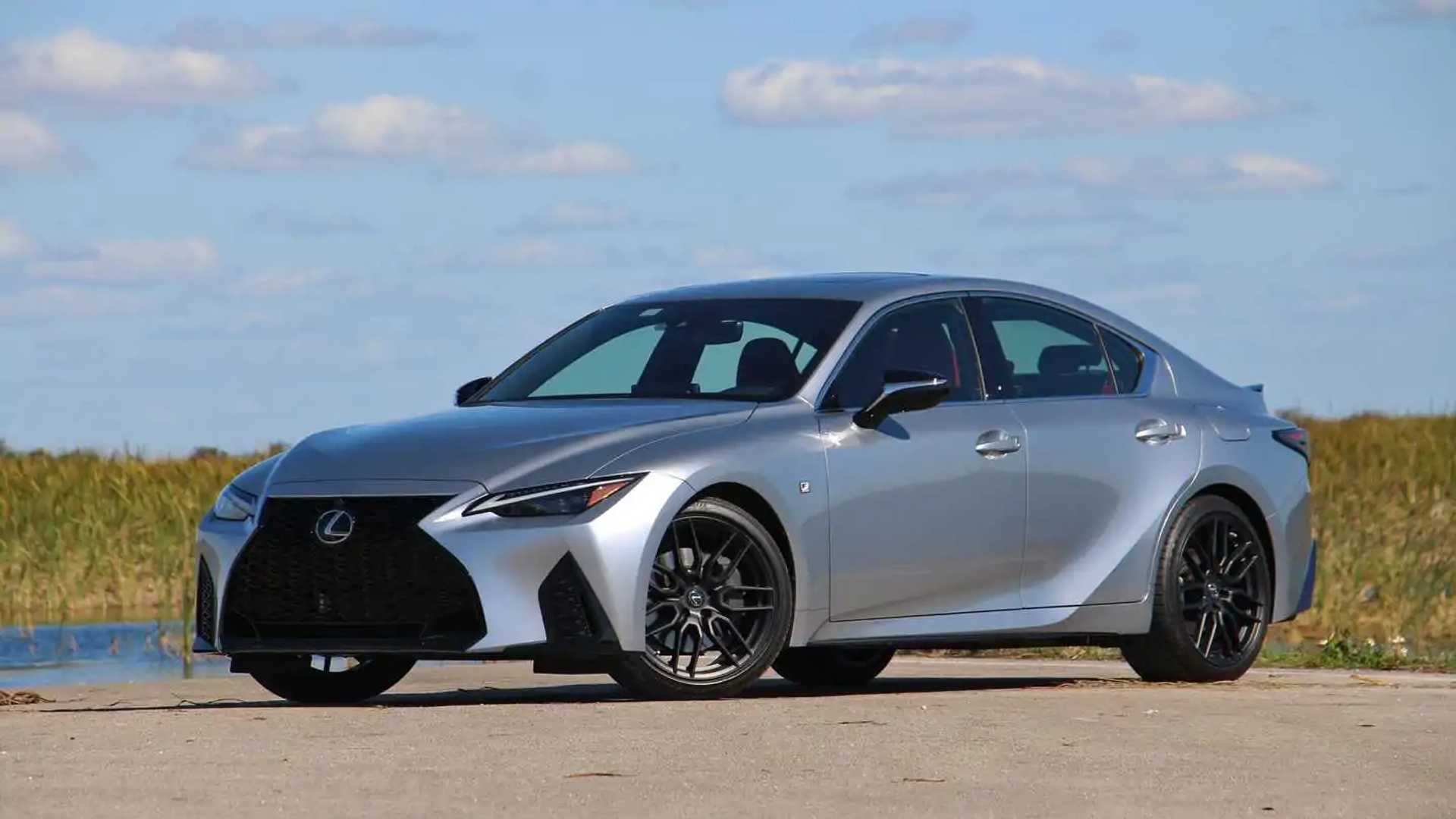
1. Lexus IS F
The Lexus IS F may not always get the spotlight like European rivals, but it’s a hidden gem in the performance car world, offering high power, engaging dynamics, and exceptional reliability.
Built with Lexus’ signature focus on quality, the IS F is powered by a naturally aspirated 5.0-liter V8 engine that produces over 400 horsepower, paired with an 8-speed automatic transmission developed for durability and performance.
What sets the IS F apart from many of its competitors is how Toyota’s legendary engineering underpins the entire experience. This car is built to last—and it shows. Owners regularly report reaching high mileage with minimal issues.
Unlike some high-performance sedans that rely on turbocharging or complex dual-clutch systems, the IS F keeps things relatively straightforward. The V8 engine is robust, with few weak points, and the lack of forced induction means there’s one less system to worry about over time.
Its chassis and suspension, while sporty, don’t sacrifice comfort or durability. Even the brakes, often a point of contention in performance cars due to rapid wear, are well-calibrated to handle spirited driving without excessive maintenance costs.
This balance makes the IS F an appealing choice for those who want a reliable daily driver that can also rip down a back road.
Another key advantage of the IS F is its understated design. It doesn’t scream “supercar,” which means parts and service aren’t priced with exotic markups. It shares components with other Lexus and Toyota models, making maintenance more accessible and affordable.
The community of IS F owners is also known for being particularly loyal, often citing their vehicles’ longevity and dependability. In a market where luxury and performance often come with major compromises in reliability, the IS F proves that you really can have it all—power, poise, and peace of mind.
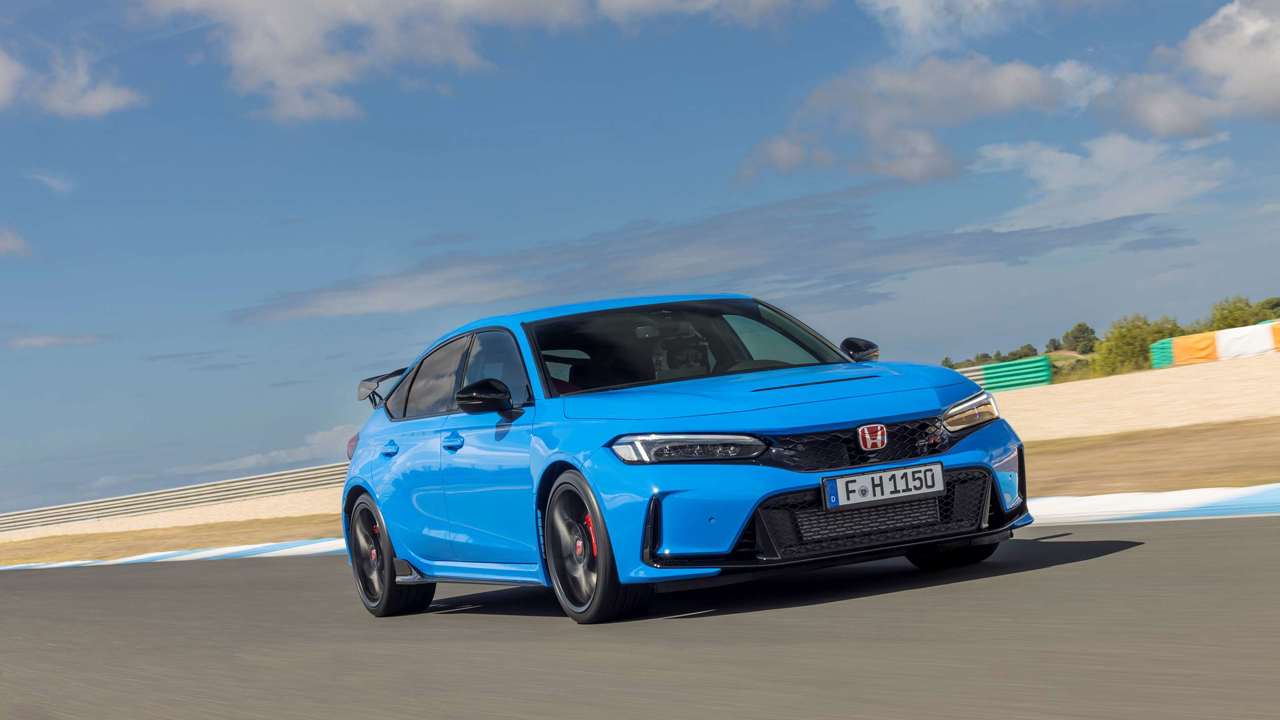
2. Honda Civic Type R (FK8)
The Honda Civic Type R (especially the FK8 generation from 2017–2021) is a front-wheel-drive performance car that delivers thrilling driving dynamics with the everyday reliability Honda is famous for. It’s a rare breed: a true hot hatch that can handle track days without falling apart afterward.
The turbocharged 2.0-liter inline-four engine puts out over 300 horsepower, and despite its aggressive performance figures, it’s engineered to last. Honda didn’t just slap a turbo onto a standard Civic engine—they designed this powerplant from the ground up to withstand both daily commuting and high-performance driving.
What makes the FK8 Type R particularly impressive is how overbuilt it feels. The cooling system, drivetrain, suspension, and transmission are all designed for abuse—yet they also work smoothly in day-to-day traffic.
Unlike many high-strung performance vehicles, the Civic Type R doesn’t feel fragile or high-maintenance. Owners have praised it for being shockingly trouble-free even after years of use.
Oil changes and tire rotations are typically all you need for the first several years of ownership. The manual transmission is also one of the most satisfying on the market, with a bulletproof design that resists the wear that plagues many performance clutches and gearboxes.
In addition to its mechanical reliability, the Civic Type R benefits from Honda’s robust parts availability and dealer network. Whether you live in a big city or a rural area, finding a technician who knows how to work on a Civic is rarely a problem.
The performance bits may be unique, but Honda ensures they’re serviceable and not overcomplicated. Many Type R owners report crossing 100,000 miles with minimal issues, and resale value remains strong thanks to its reputation for both reliability and fun. It’s a standout in the performance category precisely because it refuses to be temperamental.
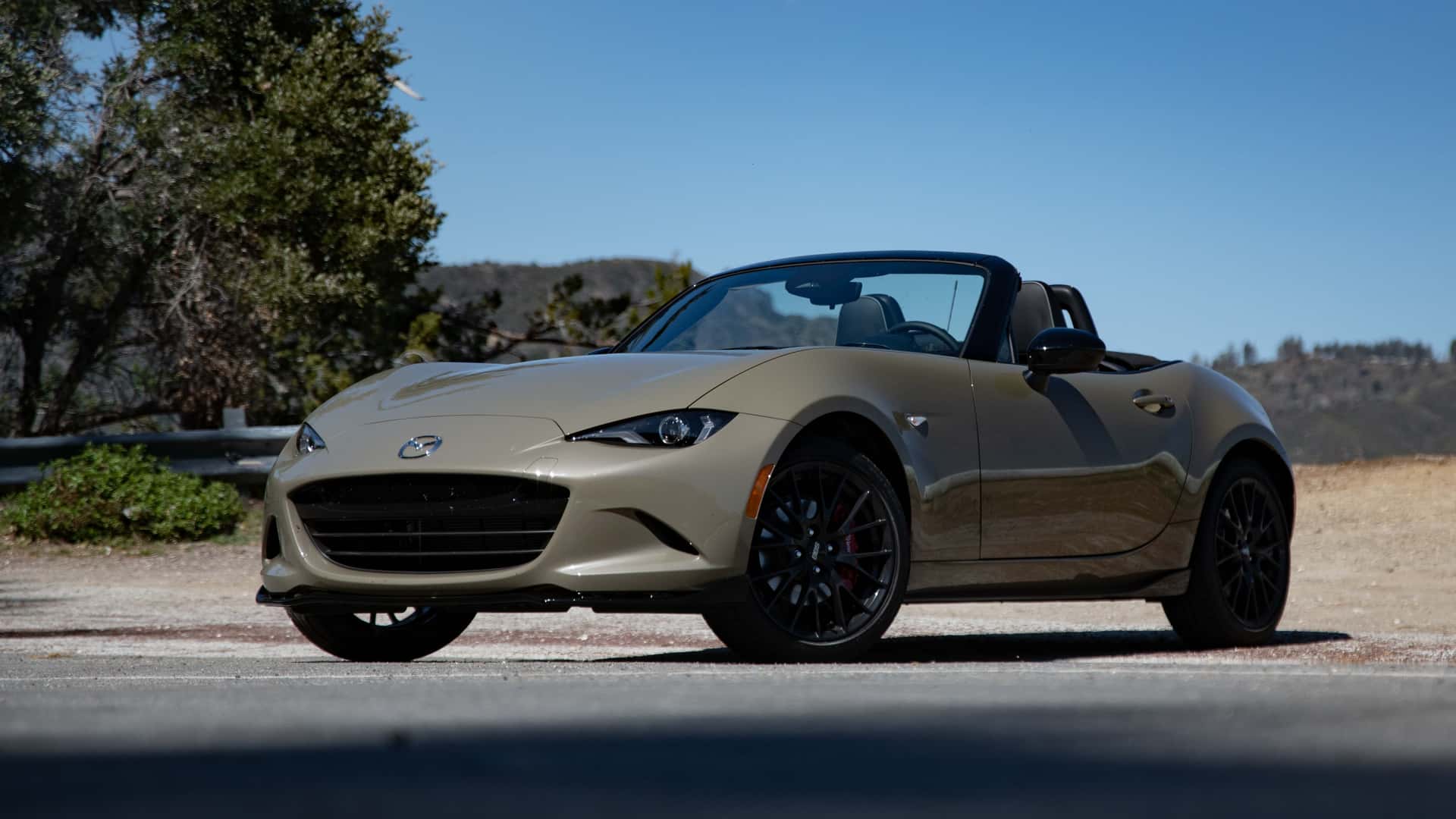
3. Mazda MX-5 Miata
The Mazda MX-5 Miata is one of the most beloved sports cars in history, not only for its balanced handling and open-top joy but also for its reputation for bulletproof reliability. Across all generations—NA, NB, NC, and the current ND—the Miata has consistently proven that performance and durability can go hand in hand.
It follows a simple philosophy: lightweight design, naturally aspirated engines, and straightforward mechanicals. This simplicity is key to its longevity. Unlike many modern performance cars that pile on tech and complexity, the Miata remains refreshingly analog in many respects, which helps keep long-term ownership costs low and reliability high.
The powertrain of the Miata is well-matched to its chassis. The 2.0-liter four-cylinder engine (or 1.6-liter in earlier models) is free-revving, dependable, and relatively under-stressed. It doesn’t need turbos or superchargers to deliver a fun driving experience, which means there are fewer failure points.
The manual transmission, in particular, is a highlight—not just for how it feels to drive but also for its incredible durability. Miatas with 200,000 miles on the odometer are not uncommon, and many need nothing more than regular fluid changes, brakes, and tires.
Suspension components, too, are inexpensive and easy to replace, and the car’s widespread enthusiast base means help is never far away.
Perhaps one of the Miata’s biggest strengths is its community and aftermarket support. Because it’s so popular with track-day enthusiasts and weekend drivers alike, there’s a vast supply of replacement parts, online tutorials, and independent mechanics who know these cars inside and out.
Even major repairs are often straightforward, and parts availability is rarely an issue. Whether you’re driving it hard at autocross events or just enjoying top-down cruising, the Miata is a car that feels like it’s on your side, willing to play hard without breaking down. It’s the ideal example of a performance car that doesn’t punish you for enjoying it.
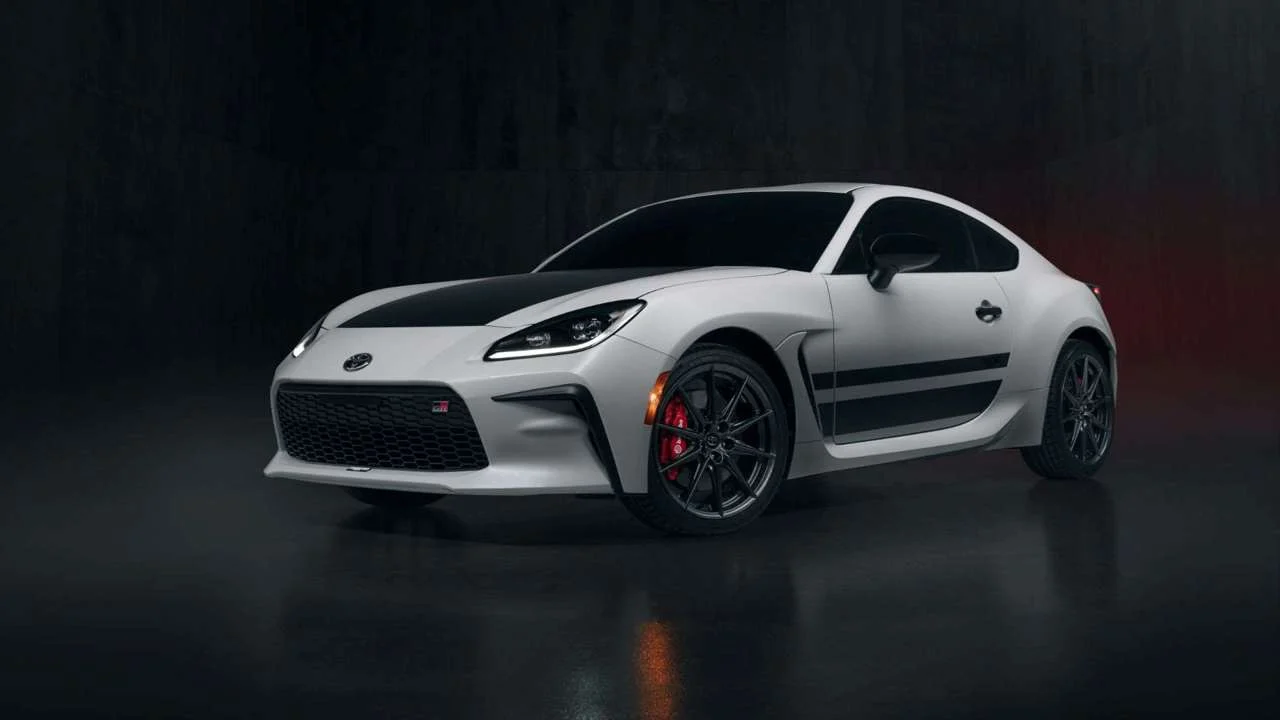
4. Toyota GR86 / Subaru BRZ (Second Gen)
The Toyota GR86 and Subaru BRZ twins (especially the second-generation models introduced in 2022) offer affordable performance in a package that’s fun, well-balanced, and refreshingly reliable.
Co-developed by Toyota and Subaru, these rear-wheel-drive coupes are aimed at enthusiasts who want responsive handling, a manual gearbox, and a car that doesn’t require constant trips to the shop.
Under the hood is a naturally aspirated 2.4-liter flat-four engine—an upgrade over the original 2.0-liter that fixes many of the previous generation’s complaints, particularly the mid-range torque dip. Importantly, Toyota and Subaru learned from the first gen and built a much more robust engine for daily and performance use.
The updated platform is more rigid, better tuned, and—crucially—still maintains mechanical simplicity. There’s no turbocharging to worry about, and the engine is well matched to the chassis, meaning it’s rarely overworked. Owners praise the GR86 and BRZ for being daily-drivable sports cars that require little more than routine maintenance.
The manual transmission is sturdy, the clutch is light but long-lasting, and oil consumption issues that affected the first-gen FA20 engine have largely been resolved. The new FA24D engine is both more powerful and more durable, and it’s designed to be flogged on a back road without complaining.
These cars also benefit from their shared parentage: Toyota’s commitment to reliability and Subaru’s experience with boxer engines. The aftermarket community is massive, and serviceability remains a strength. While some might worry about the flat-four layout being tricky to work on, the reality is that the GR86 and BRZ have been engineered for accessibility.
Maintenance tasks like spark plug replacements or oil changes are straightforward compared to many performance cars. For those seeking an engaging driving experience without worrying about long-term upkeep, these twins deliver driving thrills with minimal mechanical drama.

5. Ford Mustang GT (Coyote V8 Models)
The Ford Mustang GT, especially the models equipped with the 5.0-liter Coyote V8 engine (2011 and newer), represents an increasingly rare breed of muscle car that combines brute force with long-term durability.
While the Mustang has historically been known for affordable power, the Coyote engine introduced a new level of refinement and reliability to the platform.
Unlike some high-strung European V8s, the Coyote is built to take abuse. It features robust internals, a durable valvetrain, and a design meant to handle everything from commuting to drag strip runs. It’s common to see these engines running strong with well over 150,000 miles, often with minimal issues beyond regular maintenance.
What makes the Coyote so special in the reliability department is its engineering balance. Ford designed it with both performance and longevity in mind. It uses forged components in key areas, has a relatively simple intake and exhaust setup, and responds well to tuning without drastically compromising its durability.
In addition, the transmission pairings—whether the MT-82 manual or 10-speed automatic in newer models—have improved over time, with Ford addressing early complaints through better build quality and revised hardware. As long as regular oil changes and cooling system maintenance are performed, these cars tend to stay on the road and out of the shop.
Another major reliability boost for the Mustang GT is the sheer volume of support available. It’s one of the most popular performance cars in North America, meaning parts are easy to find, labor rates are reasonable, and even smaller shops know their way around the car.
Owners also benefit from a strong community of enthusiasts and mechanics who’ve seen every possible issue and know how to fix it. Whether stock or modified, the Mustang GT delivers an old-school muscle car feel with the modern reliability that most buyers now expect. It’s a great option for those who want big horsepower without big headaches.
5 Performance Cars That Aren’t Reliable
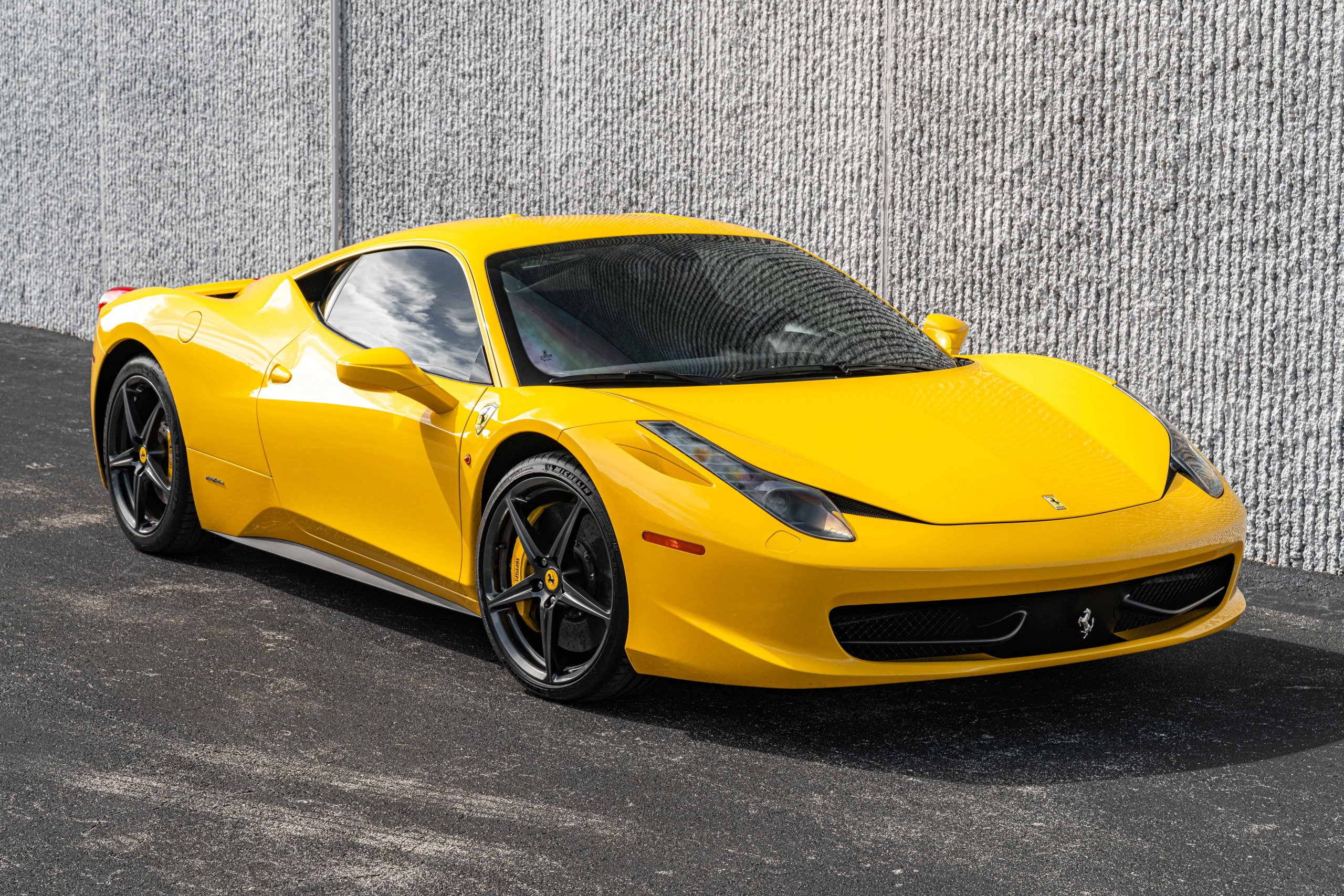
1. Ferrari 458 Italia
The Ferrari 458 Italia is a true masterpiece of Italian engineering, celebrated for its razor-sharp handling, thrilling V8 engine, and stunning design. It’s often hailed as one of the best Ferrari models ever made, and for good reason—it delivers an unparalleled driving experience.
However, beneath the gorgeous exterior lies a reality that many owners have discovered: the 458 Italia isn’t the most reliable supercar on the road. Ferrari’s focus on extreme performance and cutting-edge technology means that the car is laden with complex systems that can be difficult and expensive to maintain.
One of the most common issues with the 458 Italia is its dual-clutch transmission. While the gearbox provides lightning-fast shifts, it has been known to suffer from premature wear, particularly in models driven aggressively or in stop-and-go traffic.
The clutch packs can degrade more quickly than expected, leading to costly repairs. Additionally, the car’s advanced electronics and sensors, which control everything from the traction control to the suspension settings, can be prone to failure.
These systems often require specialized diagnostic tools and knowledge that go beyond what most independent mechanics can handle, which means owners typically have to rely on Ferrari dealerships for repairs.
The 458’s suspension, while incredibly dynamic, also has a tendency to wear out quicker than expected. The car’s carbon-ceramic brakes, while fantastic in terms of performance, can also develop issues if not properly maintained.
Routine service items such as oil changes and brake fluid replacements can quickly spiral into multi-thousand-dollar repairs, especially when combined with Ferrari’s high labor rates.
While the Ferrari 458 Italia remains an iconic and sought-after vehicle, its reliability issues make it a car that requires more attention and financial investment than many prospective owners expect.
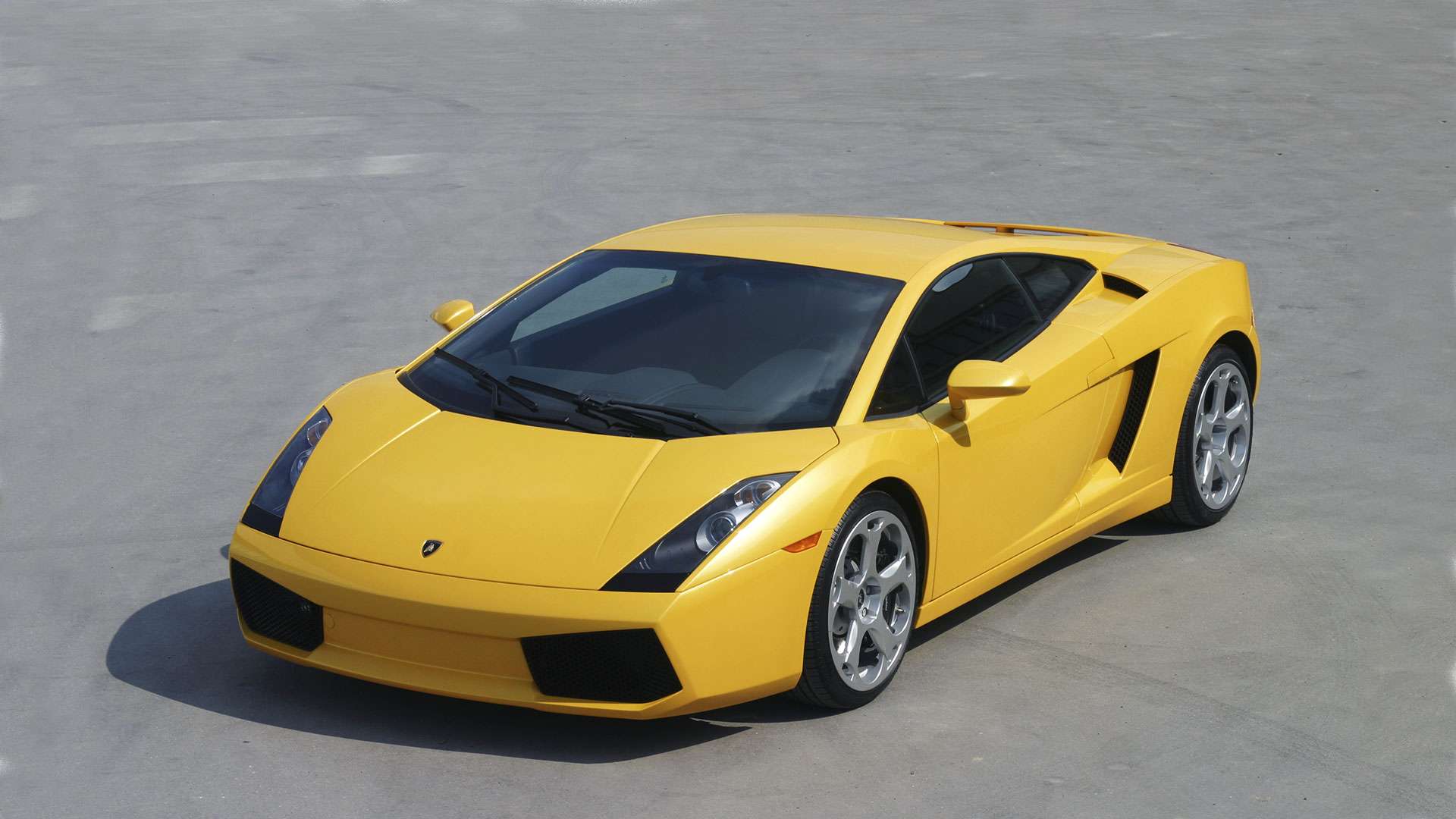
2. Lamborghini Gallardo
The Lamborghini Gallardo is another Italian performance car that has attracted enthusiasts and collectors for its striking looks, fierce acceleration, and exotic appeal. However, when it comes to reliability, the Gallardo is often regarded as one of the less dependable models in the Lamborghini lineup.
While it offers plenty of thrills behind the wheel, owning one comes with a host of potential problems, especially in the earlier models produced before 2008.
The biggest issue with the Gallardo lies in its transmission. Many owners have reported problems with the robotized manual gearbox (commonly known as the E-Gear system), which can be jerky and prone to failures, especially as the car accumulates miles.
The clutch system is another common culprit—clutch wear and failure are frequent complaints, often leading to costly replacements. On top of that, the Gallardo’s sophisticated electronic systems, which control everything from the adaptive suspension to the drive modes, are highly sensitive and can fail without warning, leaving owners with expensive repair bills.
Beyond the transmission, the Gallardo also suffers from issues related to its engine cooling system, which can lead to overheating if not maintained correctly. Additionally, the car’s build quality, while generally high, can suffer from problematic seals and wiring issues, which can become expensive to fix.
Maintenance costs for a Gallardo can quickly add up, and finding a mechanic who can properly service one is no small feat. Because of the unique and often specialized nature of Lamborghini parts, repair costs can be astronomical, especially if the car hasn’t been properly cared for or if parts need to be sourced from the factory.
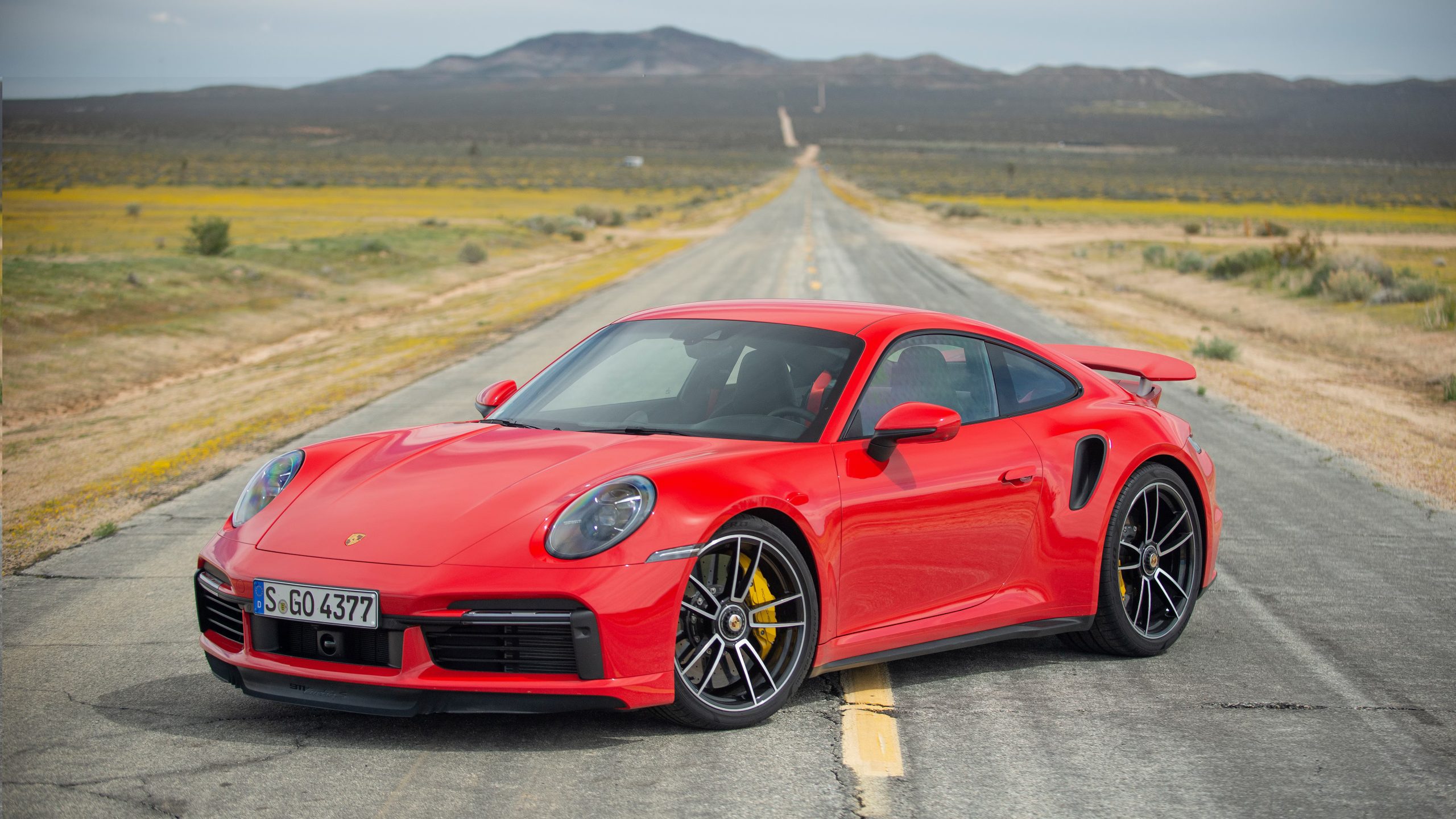
3. Porsche 911 (996 and early 997 models)
The Porsche 911 is widely regarded as one of the best performance cars in the world, but not all 911s are created equal when it comes to reliability.
While later models, particularly those from the 997 and beyond, have become known for their durability and dependability, the earlier 996 and early 997 variants (1999–2005) carry with them a reputation for frequent and costly reliability issues. The 996, in particular, is often seen as the “problem child” of the 911 family.
One of the most infamous issues with the 996 and early 997 models is the IMS (Intermediate Shaft) bearing failure. This particular failure is catastrophic and often leads to engine destruction. It’s a well-known issue among Porsche enthusiasts, and while it’s not a guarantee, it’s something that potential buyers should be aware of.
Replacing the IMS bearing can be an expensive fix, and for some owners, it’s a matter of when, not if. Beyond the IMS issue, both the 996 and early 997 have been reported to experience oil leaks, electrical problems, and problems with the air conditioning system. These are not the types of issues you expect from a car with such a storied pedigree.
Another issue with the 996 and early 997 911s is the rear suspension. The rear wheel bearings and control arms can fail prematurely, and the cars have been known to develop rust in certain areas, especially in climates that are prone to salt exposure.
Though the 911 is often praised for its precision and quality, the earlier models require more attention and can rack up higher maintenance costs, particularly for those not prepared to deal with the issues that often arise as they age.
This doesn’t make the 996 and early 997 bad cars by any means, but they require more diligence to maintain, and their reputation for reliability doesn’t measure up to later versions of the 911.
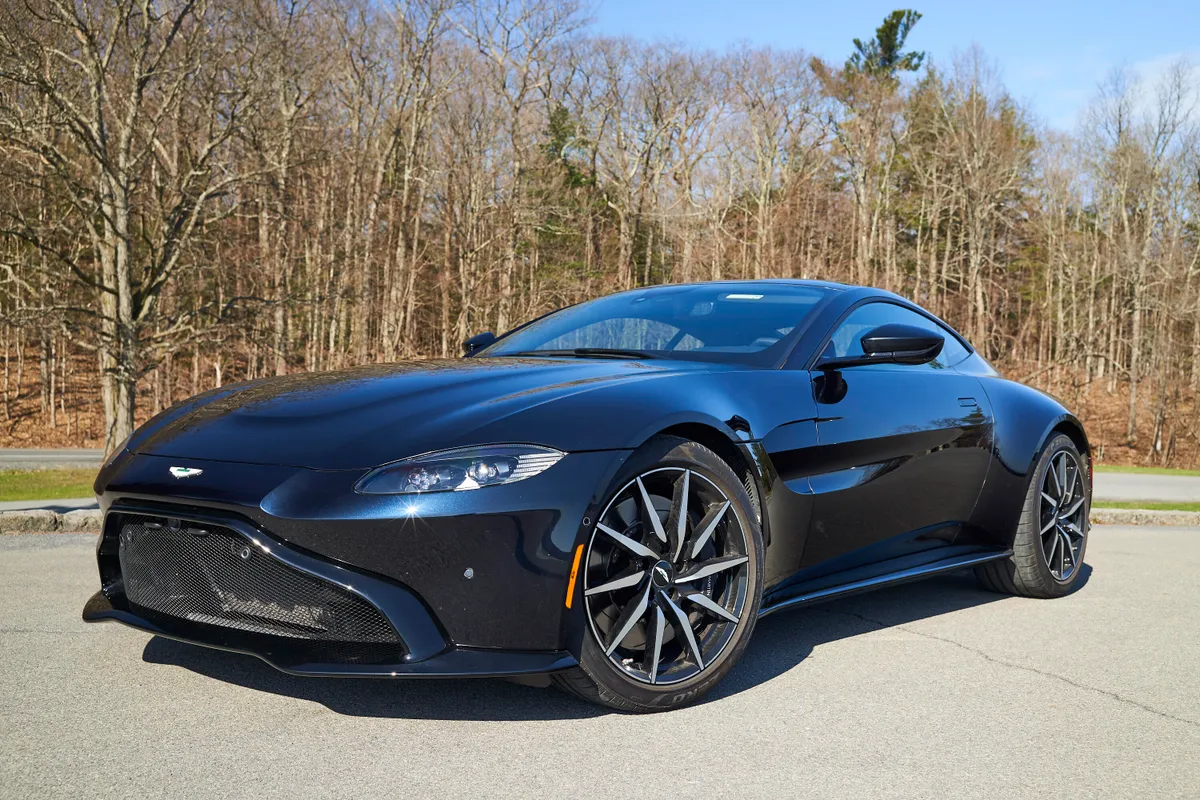
4. Aston Martin V8 Vantage
The Aston Martin V8 Vantage is a true luxury performance car with beautiful styling and a throaty, powerful engine. It’s a car that embodies British elegance and speed, but when it comes to reliability, it leaves much to be desired.
Aston Martin’s reputation for exceptional craftsmanship is often overshadowed by the fact that the V8 Vantage—particularly models built between 2005 and 2015—has a history of significant reliability problems.
The V8 Vantage is known for electrical gremlins that can affect various systems in the car, including the infotainment system, air conditioning, and even the power steering.
These electrical issues often require expensive diagnostics and repairs that go beyond what many independent mechanics can handle, meaning owners are often forced to take their Vantages to Aston Martin dealerships.
Another issue is the car’s clutch, which tends to wear out more quickly than expected, particularly in models with the automated manual transmission. The V8 Vantage also has a reputation for engine cooling issues, which can result in overheating, particularly if the car is driven hard or not maintained properly.
Beyond these issues, the V8 Vantage is also prone to suspension wear, which can lead to poor handling and uneven tire wear. Though the car’s performance is exceptional when running smoothly, the frequency of breakdowns and the high cost of repairs can make it a frustrating ownership experience for many.
Maintenance can be prohibitively expensive, and because the V8 Vantage isn’t as widely known as other high-end performance brands, parts can sometimes be hard to find. Owners should be prepared for the fact that the car’s stunning beauty and performance come at the cost of frequent and expensive maintenance.
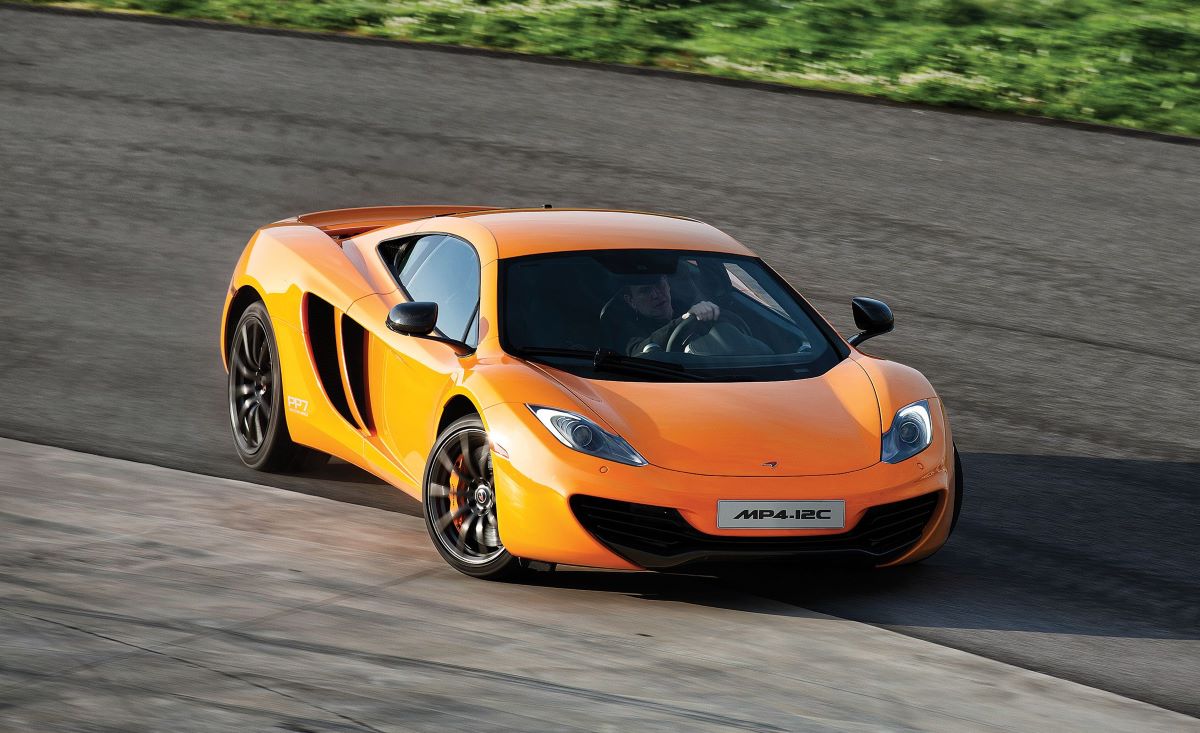
5. McLaren MP4-12C
The McLaren MP4-12C is an astonishingly fast supercar with groundbreaking technology, a carbon fiber monocoque, and blistering performance. However, when it comes to reliability, it’s a car that has suffered more than its fair share of issues.
Early models, particularly those from 2011 to 2013, are notorious for suffering from a host of problems, ranging from electrical failures to transmission issues.
One of the most significant issues with the MP4-12C is its complex, dual-clutch transmission. While it offers rapid shifts, the transmission is known for reliability problems, including erratic shifting and sudden loss of power. These issues can leave the car stranded or result in significant repair costs.
Additionally, the MP4-12C’s onboard software is prone to glitches that can affect everything from the engine management system to the infotainment. McLaren has been known to address some of these issues with software updates, but for many owners, these fixes can’t come fast enough.
The car’s suspension is also a weak point, with many owners reporting premature wear and failure of key components. Though the MP4-12C boasts exceptional performance, its mechanical complexity means that repairs can be expensive, and not all mechanics are equipped to handle the issues that arise.
The cost of parts and labor for a McLaren is often sky-high, and finding a qualified service center can be a challenge outside of major metropolitan areas. While the MP4-12C offers incredible performance and luxury, it comes with a price tag that includes not only the initial purchase but the ongoing maintenance, which can often outweigh the car’s many virtues.
Also Read: 5 Vehicles That Thrive in Traffic and 5 That Overheat Fast
When it comes to performance cars, reliability is often a secondary consideration for many buyers, with the focus primarily on speed, handling, and the thrill of the drive. However, as we’ve seen in this article, some performance cars manage to strike a remarkable balance between exhilarating performance and dependable longevity.
Vehicles like the Lexus IS F, Mazda MX-5 Miata, and Toyota GR86 prove that you don’t have to sacrifice reliability to have an engaging driving experience. These cars stand out as examples of how well-engineered, thoughtful design can result in performance cars that remain surprisingly low-maintenance over time, even with spirited use.
On the other hand, there are several high-performance machines, such as the Ferrari 458 Italia, Lamborghini Gallardo, and McLaren MP4-12C, that, despite their jaw-dropping performance and prestige, come with a long list of reliability concerns that can make ownership more stressful than expected.
These cars tend to have complex, fragile components, including specialized transmissions, advanced electronics, and high-maintenance engines, which can result in frequent and costly repairs. Enthusiasts who purchase these vehicles must be prepared not only for the high initial cost but also for the ongoing expenses associated with keeping them in top condition.
The choice between a reliable performance car and one that demands expert care boils down to your priorities as a driver. If you’re seeking a car that delivers thrills without constant trips to the mechanic, several reliable options combine fun with practicality.
However, if the allure of supercar performance and exotic design is too tempting to resist, be prepared for the potential headaches and substantial costs that come with owning a high-maintenance machine.
Either way, understanding the reliability of your chosen performance car will ensure that you make an informed decision and help you enjoy the ride, without the unwelcome surprise of an expensive repair bill.

